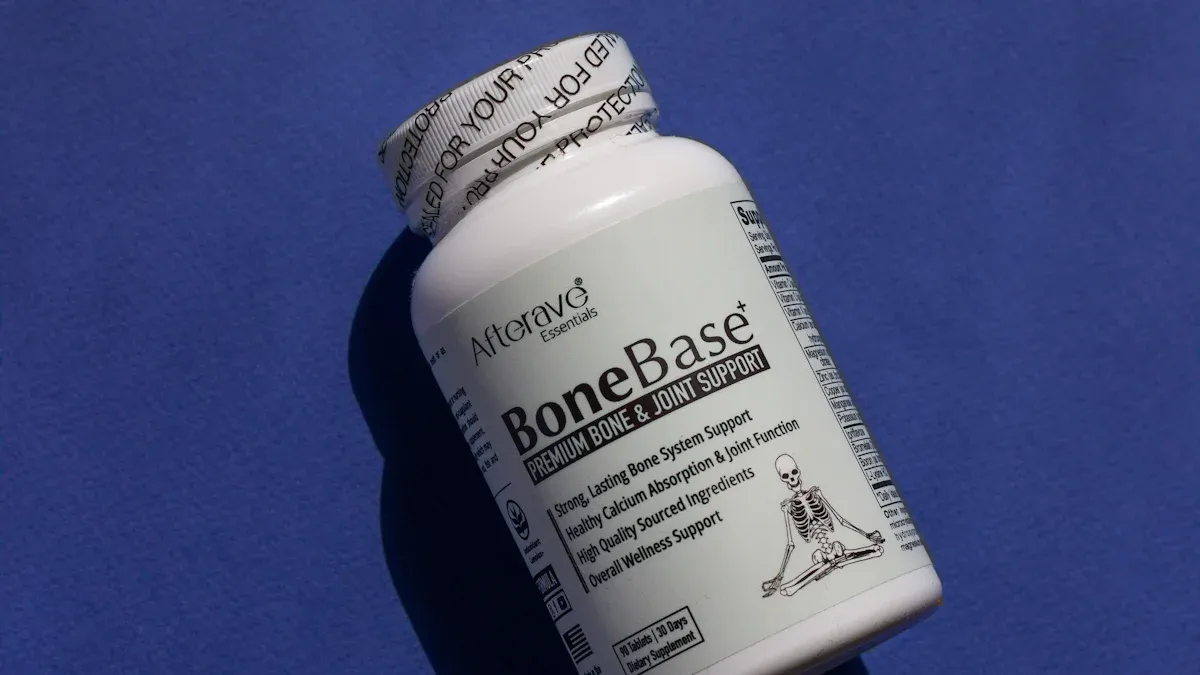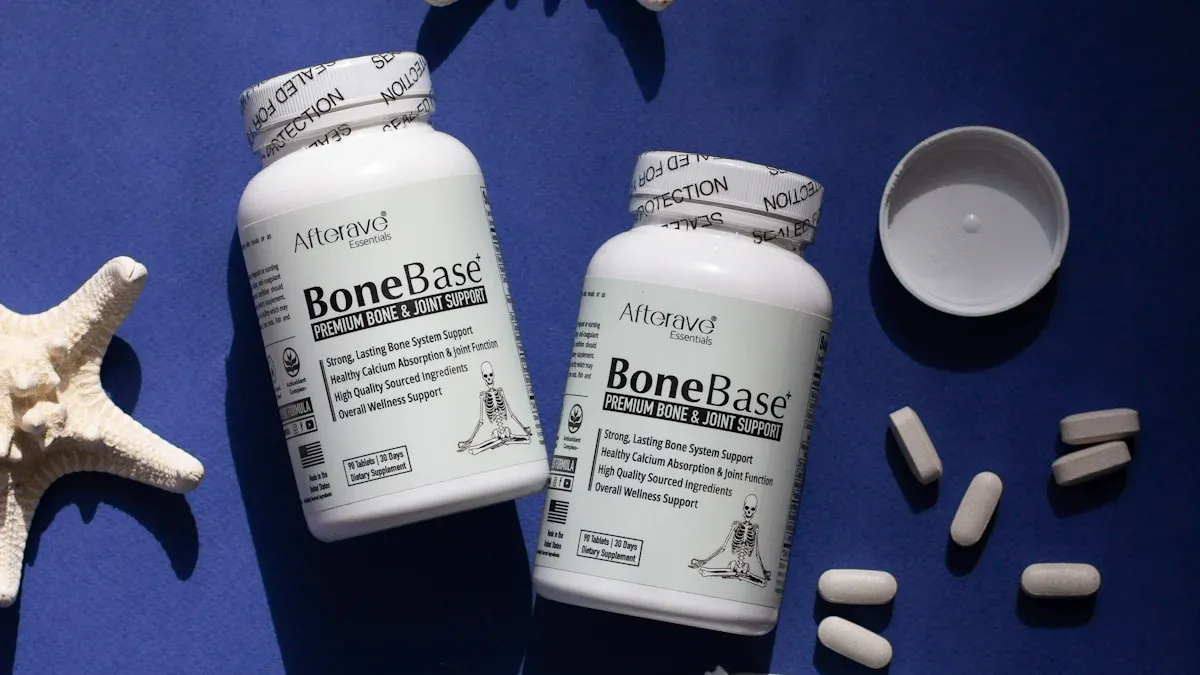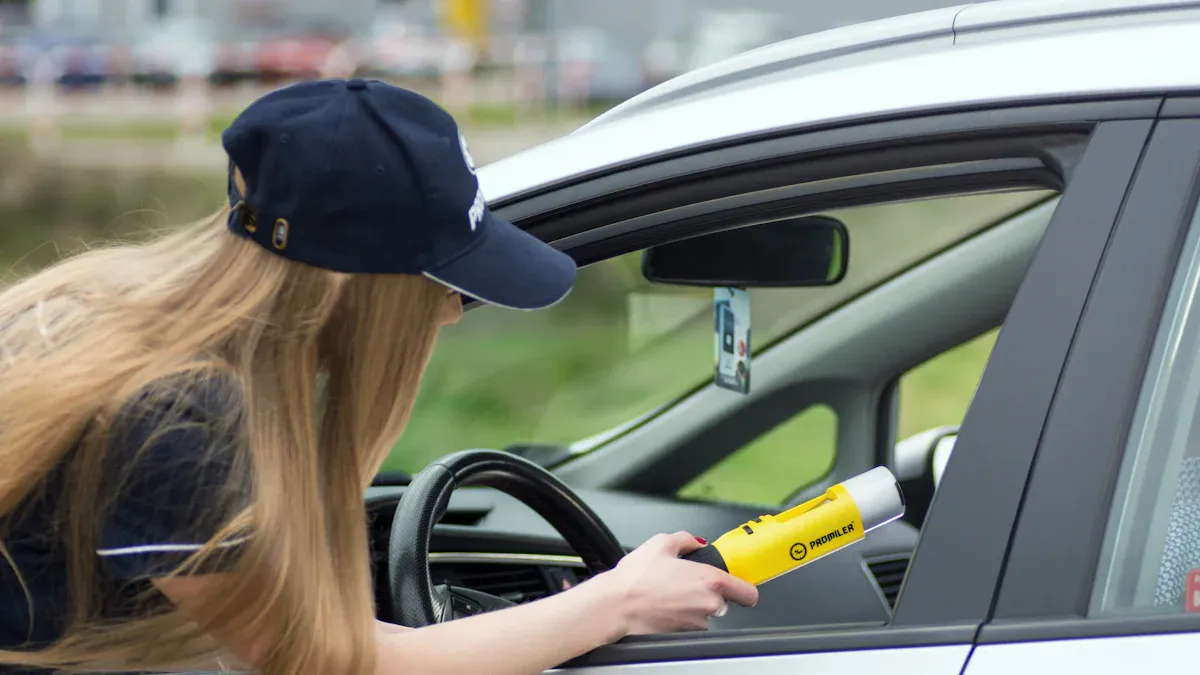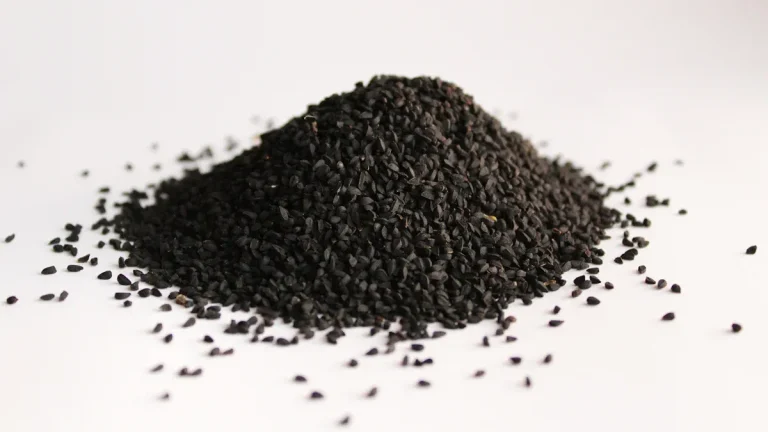
Understanding how long alcohol stays in your system is crucial for your health and safety. Typically, alcohol is undetectable in the body 6–8 hours after consumption due to rapid metabolism. Blood alcohol can be detected for 3 to 8 hours, with a mean elimination half-life of about 1.24 hours. Knowing these time frames helps you make informed decisions about drinking and driving. Awareness of the effects of alcohol on your body can protect you and others.
Key Takeaways
Alcohol typically leaves your system within 6 to 8 hours after consumption. Plan your activities accordingly.
Food intake can slow alcohol absorption. Eating before drinking helps manage your blood alcohol levels.
Different tests detect alcohol for varying lengths of time. Know the detection windows to make informed decisions.
Understanding your body’s physiology is key. Factors like weight and health can affect how long alcohol stays in your system.
Never rely on coffee or food to sober up. Only time can reverse alcohol impairment.
Alcohol Detection Times

Understanding how long alcohol stays in your system is essential, especially when it comes to safety and health. Different alcohol detection tests have varying time frames for how long they can identify alcohol in your body. Here’s a breakdown of the most common testing methods:
Blood and Breath Tests
Blood and breath tests are two of the most common methods for detecting alcohol. They provide quick results but have different detection windows.
Blood Alcohol Content (BAC) can be detected for 6 to 12 hours after drinking.
Breath tests typically detect alcohol for less than 12 hours.
Here’s a summary of the detection windows for various blood tests:
Test | Estimated Detection Window in the Blood |
|---|---|
Blood Alcohol Content | 6 to 12 hours |
Carbohydrate-Deficient Transferrin (CDT) | 2 to 3 weeks |
Phosphatidylethanol (PEth) | 1 to 2 weeks or longer |
Ethyl Glucuronide/Ethyl Sulfate (EtG/EtS) | Up to 80 hours |
Note: Blood and breath tests may not always accurately identify heavy drinking. They often miss 70-80% of heavy drinking cases, detecting only about 20%.
Urine Tests
Urine tests are another common method for alcohol detection. They can identify alcohol for a longer period compared to blood and breath tests.
An EtG-I cutoff of 100 ng/mL can detect heavy drinking for up to five days and any drinking during the previous two days.
Higher cutoffs (≥ 500 ng/mL) are likely to detect heavy drinking only during the previous day.
Test Type | Detection Time |
|---|---|
Breath Test | Up to 24 hours after drinking |
Urine Test | Up to 80 hours after drinking |
Saliva Tests
Saliva tests are quick and non-invasive, but they have limitations in accuracy.
Alcohol can be detected in saliva for up to 24 hours.
However, saliva tests show a poor correlation with breath tests, especially after recent alcohol consumption. They are more suitable for qualitative assessments rather than quantitative ones.
Hair Follicle Tests
Hair tests can provide a long-term view of alcohol consumption.
Alcohol metabolites can typically be detected in hair for up to 90 days after consumption.
In some cases, detection can extend up to 6 months, depending on factors like consumption frequency and individual characteristics.
Tip: Hair follicle testing can identify alcohol presence for a maximum of 90 days, but this can vary based on hair length and condition.
Understanding these detection times helps you make informed decisions about alcohol consumption and its effects on your body. Always consider how long alcohol stays in your system when planning activities like driving or operating machinery.
How Long Alcohol Stays in Your System
Individual Physiology
Your body plays a significant role in how long alcohol stays in your system. Several physiological factors influence alcohol metabolism rates:
Body Weight: Heavier individuals often experience a slower rise in blood alcohol concentration (BAC) due to a larger volume of distribution.
Body Composition: If you have more lean muscle mass, you may metabolize alcohol more efficiently than someone with higher fat tissue.
Health Conditions: Chronic health issues, especially liver diseases, can significantly impair your ability to metabolize alcohol.
Additionally, hormonal differences can affect how alcohol impacts you. For instance, women generally have a higher body fat percentage and lower water content. This leads to a higher concentration of alcohol in their bloodstream. Women also tend to have lower alcohol dehydrogenase activity, which affects their ability to break down alcohol.
Amount and Type of Alcohol
The amount and type of alcohol you consume directly impact how long alcohol stays in your system. Different types of alcoholic beverages are absorbed at varying rates:
Test Type | Detection Time |
|---|---|
Blood Tests | Up to 12 hours |
Urine Tests | 12-24 hours (up to 72 for heavy drinking) |
Saliva Tests | Up to 12 hours |
Hair Tests | Up to 90 days |
Higher alcohol intake results in longer detection periods. Your liver processes alcohol at a fixed rate of approximately 0.015% BAC per hour. If you drink heavily, your BAC rises quickly, requiring more time for your body to metabolize the alcohol. Chronic or heavy drinkers may experience longer detection times due to the accumulation of alcohol metabolites in their system over time.
Food Intake and Timing
What you eat before or during drinking can significantly affect how alcohol is absorbed into your bloodstream. Here are some key points to consider:
Drinking on an empty stomach leads to immediate alcohol absorption, resulting in quicker intoxication.
Eating a good meal before drinking or snacking while drinking can slow down the effects of alcohol.
While food can lower BAC temporarily, it does not change the total amount of alcohol absorbed.
Meal Type | Effect on BAC Levels | Performance Impairment | Subjective Feelings |
|---|---|---|---|
High Carbohydrate | Reduced BAL at peak and 2h after drinking | No significant reduction | Reduced rated intoxication |
High Protein | No significant effect | No significant reduction | More negative affect 2h after alcohol |
Eating before drinking helps manage your BAC levels. High-protein and fatty foods are particularly effective in slowing alcohol absorption. This can help prevent rapid intoxication and its associated risks.
Common Misconceptions About Sobriety
Does Coffee Help Sobriety?
Many people believe that drinking coffee can help them sober up after consuming alcohol. This myth is widespread, but it is not true. Caffeine does not speed up the metabolism of alcohol. In fact, studies show that alcohol can actually inhibit caffeine clearance from your body. Here are some key points to consider:
Myth: Drinking coffee sobers me up.
Fact: Only time can reverse alcohol impairment. Caffeine does not counteract the effects of alcohol on your motor skills or judgment.
Research indicates that caffeine may even increase anxiety levels without improving alertness. So, if you think coffee will help you feel sober faster, you might want to reconsider.
Does Eating Help Sobriety?
Another common belief is that eating food after drinking can significantly reduce alcohol levels in your body. While eating does slow down the absorption of alcohol, it does not eliminate it. Here’s what you should know:
Eating a decent meal before drinking can slow the rate at which alcohol enters your bloodstream.
Consuming food does not detoxify your body from alcohol. It simply helps manage how quickly you feel its effects.
Source | Evidence |
|---|---|
Drinkaware | Eating a decent meal slows down the rate that alcohol is absorbed. |
Bacardi | Eating helps to prolong the moment by slowing alcohol absorption. |
Drinkaware | Avoiding alcohol on an empty stomach reduces hangover symptoms. |
Safety Considerations for Driving

Driving under the influence of alcohol can have serious consequences. Understanding the legal limits for blood alcohol concentration (BAC) is essential for your safety and the safety of others on the road. Here’s what you need to know about legal limits and safe drinking practices.
Legal Limits
Different countries have varying legal BAC limits for drivers. Here’s a table that outlines these limits:
Country/Region | Legal BAC Limit | Notes |
|---|---|---|
United States | 0.05 | Supported by multiple medical associations. |
United Kingdom | 0.08 | 0.05 in Scotland. |
Canada | 0.08 | |
China | 0.02 – 0.08 | Penalties for levels above 0.08. |
Hong Kong | 0.05 | |
France | 0.05 | Strict sanctions for violations. |
Japan | 0.03 | |
Mexico | 0.08 | Harsh penalties for violations. |
Iran/Iraq (Middle East) | 0.00 | Zero-tolerance laws. |
You should be aware that commercial drivers face stricter limits. For example, the legal BAC limit for commercial drivers is typically 0.04%, while non-commercial drivers can have a limit of 0.08%. This difference reflects the increased responsibility commercial drivers have when operating vehicles.
Understanding how long alcohol stays in your system is vital for making informed choices. Key factors like individual physiology, the amount and type of alcohol consumed, and food intake all influence alcohol metabolism. Recognizing harmful drinking patterns can help you avoid health risks. Here are some important takeaways:
Alcohol metabolism involves enzymes that convert ethanol to acetaldehyde.
Food intake significantly affects alcohol absorption rates.
Responsible drinking behaviors lead to healthier lifestyles.
By being aware of these factors, you can enjoy alcohol responsibly and prioritize your well-being.
FAQ
How long does it take for alcohol to leave your system?
Alcohol typically leaves your system within 6 to 8 hours after consumption. However, detection times vary based on testing methods and individual factors.
Can drinking water help eliminate alcohol faster?
Drinking water does not speed up alcohol metabolism. It can help you stay hydrated and may reduce hangover symptoms, but only time can sober you up.
What factors affect how quickly alcohol is metabolized?
Factors include your body weight, composition, age, gender, and overall health. These elements influence how your body processes alcohol.
Is it safe to drive after drinking?
You should avoid driving if you have consumed alcohol. Even small amounts can impair your judgment and reaction times, increasing the risk of accidents.
How can I tell if I’m sober enough to drive?
The best way to determine if you’re sober is to wait until enough time has passed for your body to metabolize the alcohol. Use a breathalyzer for an accurate assessment.


